您的购物车目前是空的!
How to Host a Successful Art Exhibition .Whether you’re presenting your own creations or curating pieces from other artists, an exhibition is an excellent way to showcase art you’re passionate about—and even generate some income along the way. While it’s a large undertaking, much of the excitement lies in planning and organizing the event. From selecting the artwork and arranging logistics to designing the exhibition space, every detail matters. Once everything is set, running the event smoothly will ensure your art show leaves a lasting impression on guests.
Part1 Finding Artwork to Display

1. Choose a Unifying Theme for Your Exhibition
A successful art exhibition starts with a central theme that ties all the pieces together, giving the collection a sense of purpose and unity. A clear concept makes the show cohesive, while a broader theme allows for diversity in artistic expression. Consider whether you want to highlight an image, a cultural idea, an emotional state, or even a particular medium or technique.
For instance, you might select a simple yet striking theme such as “Black and White”, or a deeper, conceptual one like “Isolation and Womanhood.” To capture attention, give your exhibition a memorable title—something like “Neon Daydreams”—which sparks curiosity and signals what visitors can expect.
🔗 Tate: How to Curate an Art Show
Subheading: Establishing the Core Message
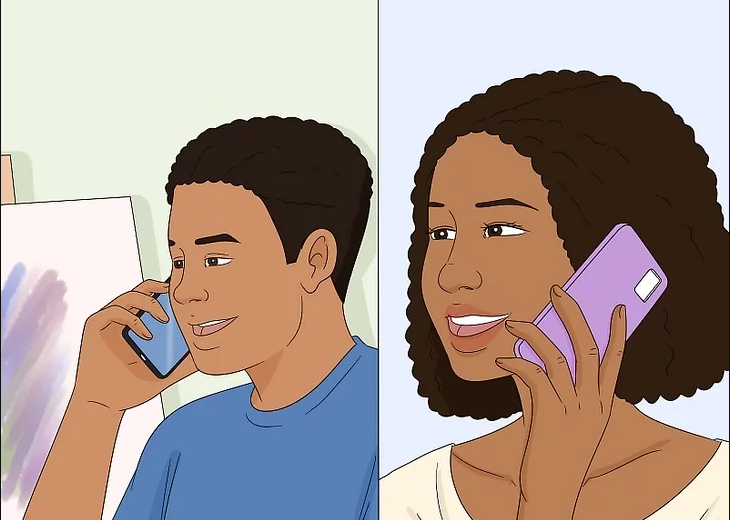
2. Invite Artists to Participate in Your Exhibition
No exhibition exists without artwork, so inviting the right artists is a crucial step. Reach out to creatives whose work you admire and who would complement your chosen theme. Their pieces should not only fit your concept but also work harmoniously with other participating artists.
Explore local galleries, note down artists whose work resonates with you, and ask about contact details. Social media platforms like Instagram and Facebook are also powerful tools to discover local talent. If you’re an artist yourself, consider emailing galleries with a professional introduction, a short statement of intent, and a sample portfolio.
For those planning a solo exhibition, skip the invitation step—but aim to prepare between 10 and 30 works to create a substantial and engaging show.
🔗 Saatchi Art: Tips for Artists Exhibiting Work
Subheading: Building the Artist Network
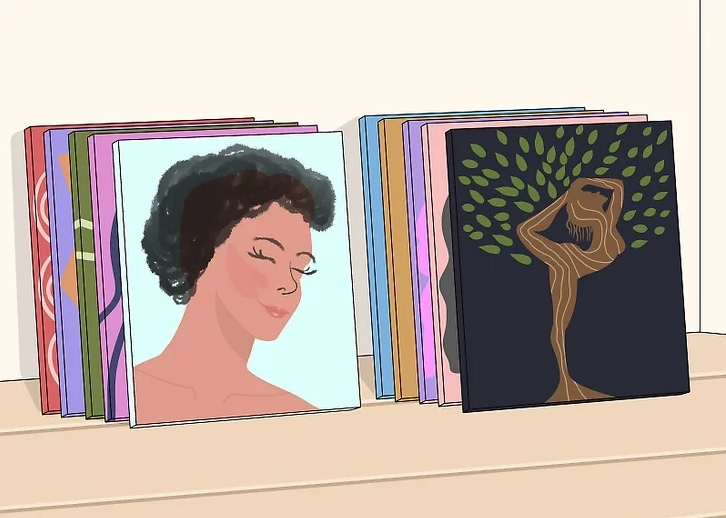
3. Select the Most Compelling Works to Display
Once you have a pool of available art, the selection process begins. As a curator, ask artists to send digital images of their work and carefully choose pieces that stand out, fit the theme, or complement each other visually. If you are the exhibiting artist, choose artworks that best represent your style and artistic journey—ideally your strongest or most recent works.
Balance is essential: make sure the number and size of the pieces suit the space available. You may prefer showcasing many small works or fewer large-scale ones, but try to give each artist fair representation. Don’t shy away from diversity—combining paintings, photographs, installations, and sculptures often makes an exhibition more dynamic and appealing to a broader audience.
🔗 The Art Career Project: Curating an Art Exhibition
Subheading: Crafting a Cohesive and Balanced Collection
Part2 Organizing the Event
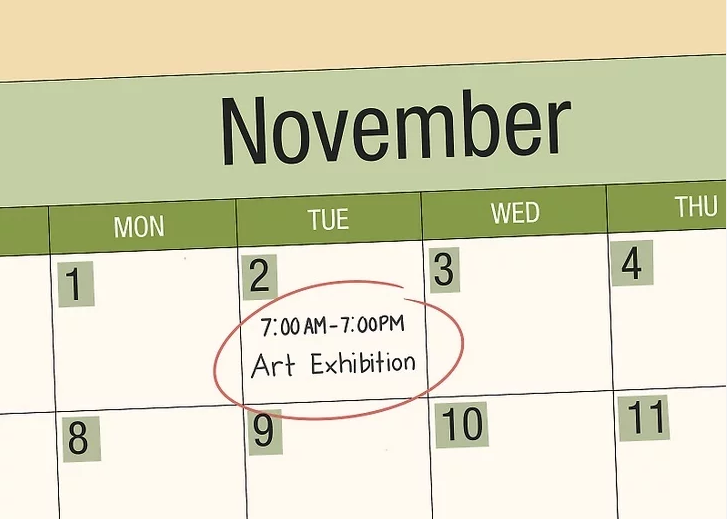
4. Schedule Your Exhibition at Least Three Months in Advance
Proper planning is essential for a successful exhibition, so give yourself at least three months to organize the event. This time frame allows you to secure artists, prepare marketing materials, and handle logistical details without last-minute stress. Aim to schedule the show on a weekend or evening when most people are free, but avoid holidays that could compete with family or travel plans.
To maximize attendance, consider aligning your exhibition with a nearby cultural event such as a festival, farmer’s market, or local fair. These occasions naturally attract crowds and can help boost foot traffic to your exhibition.
🔗 Art Business Info: Exhibition Planning Timeline
Subheading: Creating a Realistic Timeline
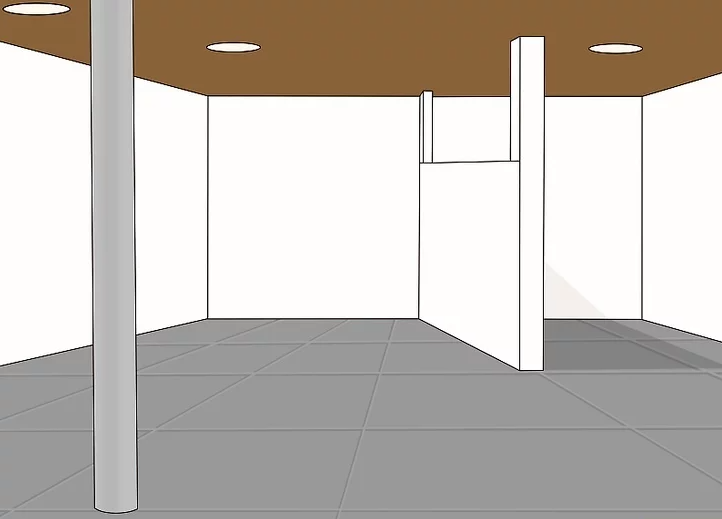
5. Secure the Right Venue for Your Exhibition
Finding the right space is just as important as the art itself. If you’re a gallery owner, your venue is already set. Otherwise, look into renting or borrowing spaces that offer plenty of wall area, natural light, and open floor plans, such as studios or converted warehouses. If budget is a concern, approach gallery owners with a professional pitch—many are open to temporary exhibitions as they generate traffic and revenue, though they may take a commission on sales.
Don’t limit yourself to traditional galleries. Nontraditional venues like restaurants, cafés, offices, or even your own home can make creative, intimate exhibition spaces. In some cases, these locations can also provide built-in perks like catering services or ready-made audiences.
🔗 Artsy: How to Find the Right Venue for an Art Show
Subheading: Choosing Spaces That Fit Your Budget and Vision
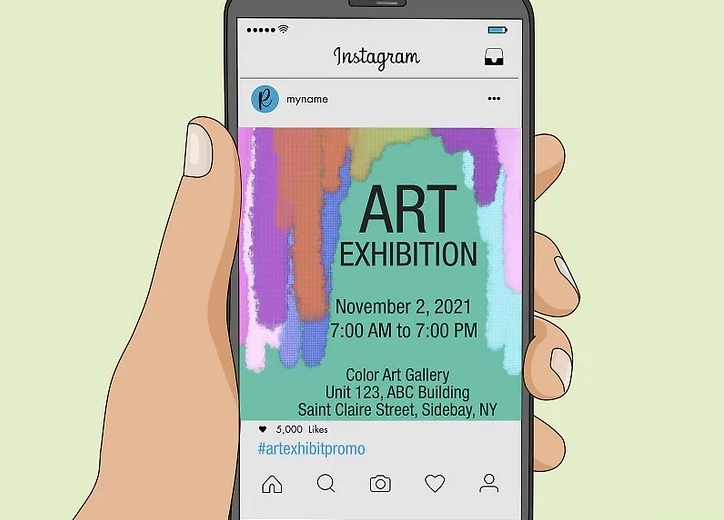
6. Promote the Exhibition Both Online and Offline
Even the best-curated exhibition needs strong promotion. Create posters, flyers, or pamphlets with key details such as the exhibition’s title, theme, date, venue, and entrance requirements (if any). Add sample artwork to capture attention visually. Share event details on social media platforms and encourage participating artists to cross-promote through their own networks.
For high-profile exhibitions, consider drafting a press release or reaching out to local newspapers, magazines, or television stations. Traditional marketing methods—such as posting flyers at universities, art schools, cafés, and community boards—still work effectively. You can also send personalized invitations, such as postcards featuring artist bios and images of their work. Word-of-mouth promotion through friends, family, and colleagues remains one of the most powerful tools to drive attendance.
🔗 The Guardian: How to Publicize Your Art Exhibition
Subheading: Marketing Strategies to Attract Visitors
Part3 Constructing an Exhibition
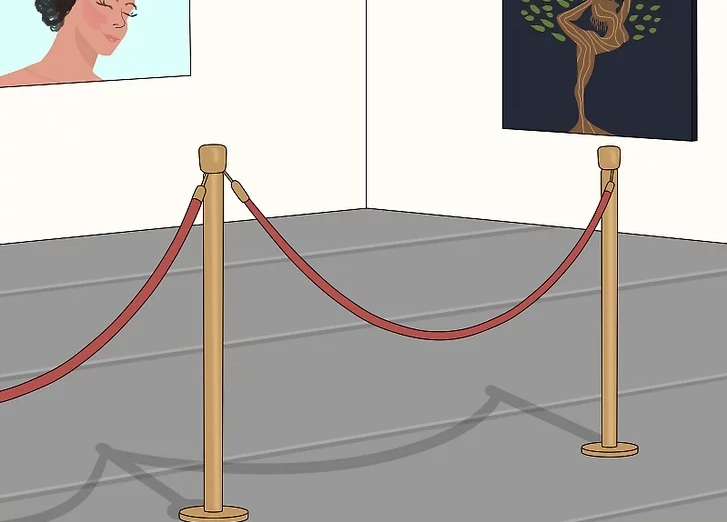
7. Scout Your Venue and Plan the Layout
A well-planned layout ensures your exhibition flows naturally for visitors. Visit the venue at least one to two weeks before the event to assess the space and map out where each artwork will be placed. While many curators give each artist a designated area, you may also organize the exhibit chronologically or by grouping similar works together. Always consider the perspective of the attendee and design a path that feels intuitive.
To enhance visitor experience, use signage or event ropes to guide guests through the exhibition in a logical sequence. Don’t forget to set aside areas for meet-and-greets, merchandise tables, or refreshments if needed.
🔗 Smithsonian: Exhibition Planning and Design
Subheading: Designing a Visitor-Friendly Flow

8. Frame and Position the Artwork
Presentation matters just as much as the art itself. While framing choices are usually left to the artist, ensure every piece has proper hanging hardware, such as wires or hooks, for secure display. For a polished look, consider a centerline layout, with works hung at 54–62 inches (140–160 cm) from the floor—roughly eye level. Alternatively, a salon-style layout, with pieces arranged from floor to ceiling, can create a more energetic atmosphere.
Sculptures or 3D installations should be placed away from walls so they can be viewed from all angles. Use ropes or floor markings to protect fragile works. Because setup can be labor-intensive, recruit volunteers or hire a professional crew to assist with transport and mounting.
🔗 MoMA: Guidelines for Displaying Artworks
Subheading: Balancing Aesthetics and Practicality

9. Price Artwork Fairly and Strategically
An exhibition is not just about showcasing creativity—it’s also about sales. Once the works are selected, set fair prices that reflect both the effort of the artist and market demand. Factors like medium, technical complexity, size, and production time should all influence pricing. If uncertain, research comparable works to establish a baseline.
For group exhibitions, collaborate with artists to ensure consistent and transparent pricing. To make the show accessible to a wider audience, include smaller, more affordable options such as sketches, prints, or reproductions in addition to large, original works.
🔗 Art Business: Pricing Your Artwork
Subheading: Creating Accessible Price Points
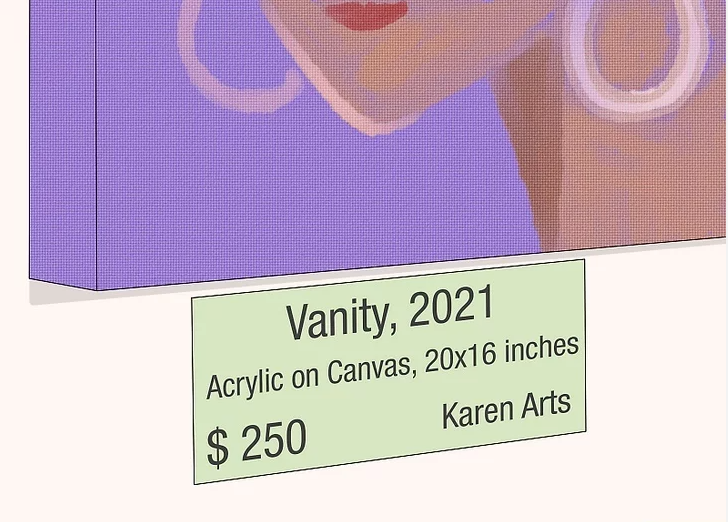
10. Label Each Work with Key Details
Clear, professional labels help visitors connect with the art. Each label should include the artist’s name, the artwork title, its dimensions, medium, date of completion, and current ownership status. Position the labels directly on the wall or on stands close to the artwork for easy visibility.
Consider enhancing the labels with short artist bios or brief statements describing the creative process and conceptual background. This additional context helps visitors understand and appreciate the work, while also encouraging sales by deepening their engagement.
🔗 Tate: How to Label Artwork in Exhibitions
Subheading: Informing and Engaging the Audience
Part4 Hosting a Successful Exhibition
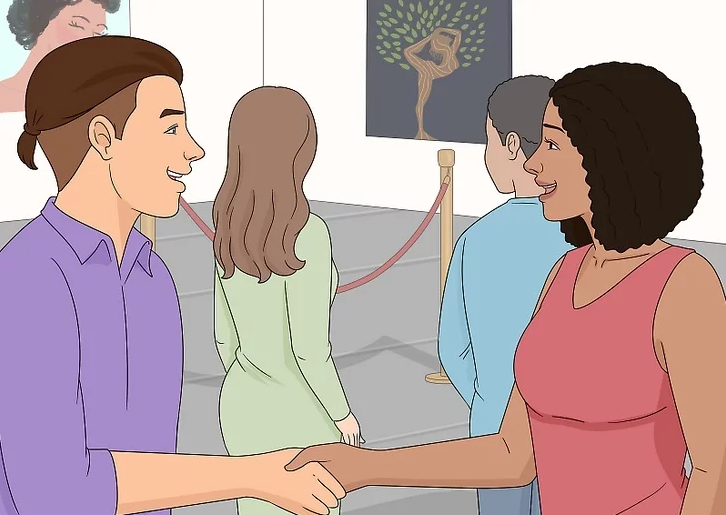
11. Mingle with Guests and Engage in Conversation
Interacting with visitors is one of the most rewarding aspects of an exhibition. Make yourself available to answer questions, share insights into the artistic process, and discuss the themes behind the work. These conversations not only enrich the visitor experience but also help build meaningful connections with potential buyers and supporters.
If you are exhibiting your own work, stay near your pieces and wear a nametag so guests can identify you easily. Dress in a way that reflects your artistic sensibilities—stylish but approachable, such as a button-down shirt or a creative dress.
🔗 Art Business: Networking at Art Openings
Subheading: Building Personal Connections with Visitors

12. Provide Light Refreshments to Set the Mood
Offering snacks and drinks makes the environment more welcoming and enjoyable. Simple options like fruit, cheese, or finger foods are easy to manage and won’t create unnecessary mess. Serving wine is common in art shows, though it’s not essential—focus instead on matching the refreshments to the tone of your exhibition, whether casual or formal.
For larger events, consider hiring a caterer to ensure guests have plenty to eat and drink. Always keep the venue, expected turnout, and atmosphere in mind when planning the menu.
🔗 The Balance: Hosting an Art Show Reception
Subheading: Enhancing Hospitality for Attendees
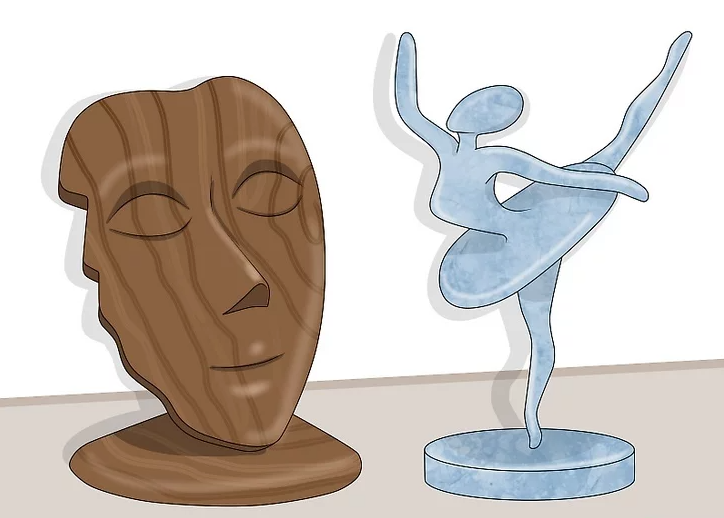
13. Set Up a Dedicated Sales or Raffle Table
Sales help sustain exhibitions and support artists financially. Create a clearly marked table where visitors can purchase original works, smaller prints, or even raffle tickets. Raffles with prizes—such as artwork or gift vouchers to local businesses—can encourage more participation.
Be transparent with financial arrangements: artists typically receive 40–60% of each sale, so agree on this beforehand. Keep detailed records of all transactions. To maximize exposure, wait until the exhibition ends before delivering purchased works so they remain on display throughout the event.
🔗 Artfinder: How to Sell Art at Exhibitions
Subheading: Turning Engagement into Sales
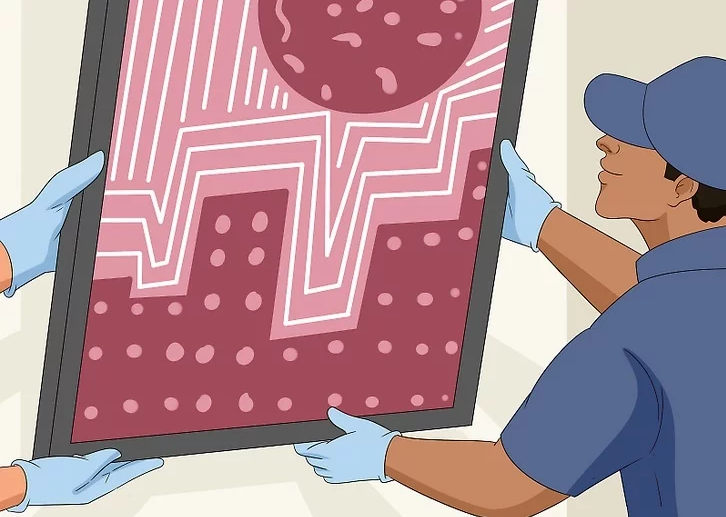
14. Dismantle the Exhibition and Wrap Up Professionally
Once the exhibition concludes, it’s time to carefully take down the artwork. Work with your team to remove pieces, contact buyers for collection or delivery, and clean the space thoroughly. Patch any holes made during setup and leave the venue in better condition than when you arrived—this helps secure future bookings.
If you’re a gallery curator, consider leaving unsold works up for an additional week or two to increase sales opportunities. Send thank-you notes to venue owners, and post photos or video highlights on social media to showcase the event’s success. This not only celebrates the exhibition but also builds anticipation for your next show.
🔗 Americans for the Arts: Best Practices for Exhibitions